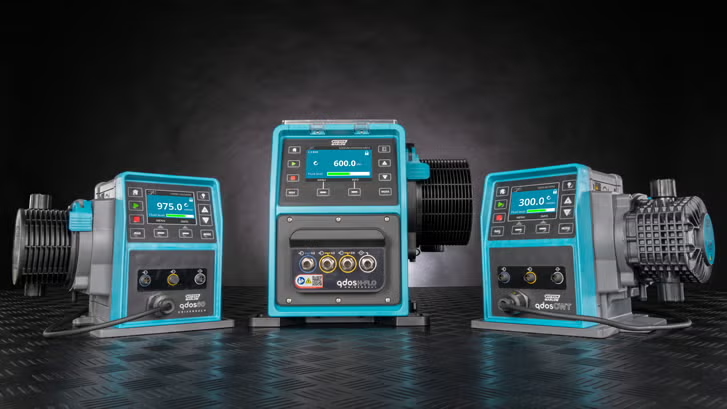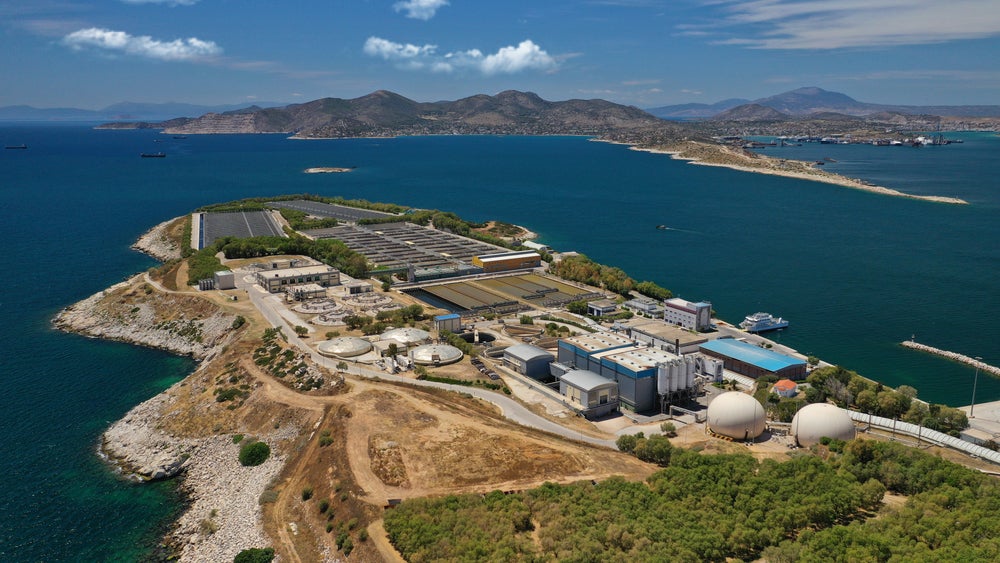For chemical engineers, the need to modernize chemical feed systems is already clear. Rising energy prices, tightening discharge regulations and new sustainability mandates have left little room for outdated practices. At the same time, workforce dynamics are shifting as veteran engineers retire, leaving younger staff to learn on the job while teams operate more remotely.
Against this backdrop, the chemical-feed system has become more than a workhorse for feeding chemicals. It is now a frontline tool for overall plant performance. The focus, then, is not whether to modernize, but how to do it well.
Modern chemical-feed solutions introduce new choices — from digital integration to packaged design to lifecycle-cost reductions — but buying decisions alone don’t ensure success. Real performance comes from how well those systems are defined and configured to match operational demands.
This article offers practical guidance on what to look for in new chemical-feed systems, how to specify smarter in legacy plants and what capabilities are coming next. The goal: help today’s engineers write specifications that translate into measurable gains.

There are many options to consider when specifying chemical-feed systems, from digital connectivity to pump configurations (image source: Watson-Marlow)
Five Factors That Matter in Chemical-Feed Upgrades
When weighing upgrades to chemical-feed systems, engineers can look to five key considerations that reveal the performance and long-term value of each option:
Cost control and competitiveness. Accurate chemical feed minimizes chemical use and prevents overfeeding. Many operators still build in excess safety margins when they do not trust chem feed precision, which wastes chemicals. Modern systems give engineers the confidence to tighten those margins for lower chemical bills and fewer unplanned shutdowns.
Regulatory confidence. The U.S. Environmental Protection Agency (EPA) is continuously updating Safe Drinking Water Act standards for over 90 contaminants and proposing new limits on per- and polyfluoroalkyl substances (PFAS) and other pollutants. For plant operators, that shifting landscape makes visibility essential. Modern chemical-feed systems help them track changes, document compliance and steer clear of penalties.
Operator safety. Leak detection, alarms and quick-swap components limit operator contact with hazardous chemicals. Encapsulated designs contain failures before they become spills, protecting staff from exposure. With chemicals like fluoride or chlorine, which are of course effective in treatment but dangerous in excess, the built-in alarms and feed limits keep chemical feed under control, reinforcing trust in plant safety and public health.
Equipment effectiveness. With fewer wetted parts, certain pump types, such as peristaltic pumps, allow quicker service and less downtime. By eliminating pulsation dampeners, degassing valves and other auxiliary components, plants can reduce failure points as well as capital costs. And since packaged skids arrive ready to install, both commissioning time and lifecycle cost are lowered substantially.
For example, at the City of Oak Ridge water treatment plant in Tennessee, a polymer chemical-feed upgrade has run for nearly three years without leaks or unplanned stoppages. For a facility that operates 24/7, that reliability reduced maintenance interruptions and eliminated costly cleanup from chemical leaks. The same site also doses oxidants and corrosives like sodium permanganate, hypochlorite and fluorosilicic acid, showing how critical it is for chemical-feed equipment to maintain accuracy and containment across a wide range of challenging chemicals.

Accurate chemical dosing is of crucial importance in water-treatment facilities, because they often require the use of corrosive or otherwise hazardous media in their process units (image source: Shutterstock)
Sustainability. Durable equipment and advances in hose materials that extend service life two to four times reduce waste by cutting the need for frequent replacements and maintenance callouts. Energy-efficient pumps lower electricity demand, which not only reduces operating costs but also directly cuts carbon emissions. Designs that can be taken apart for recycling provide an end-of-life option. Accurate chemical feed supports the use of concentrated chemicals, reducing deliveries, storage space and the risk of overfeeding. Spill-prevention features minimize cleanup and chemical loss, further lowering the environmental impact and lifecycle costs.
The advantage of these upgrades is that their impact can be tracked in real numbers. Plants now measure unplanned downtime not in guesswork but in logged maintenance intervals and extended component life. They can quantify cleanup and disposal savings through preventative service records and document sharper phosphorus control through compliance reporting. Having this data not only proves the value of upgrades, but also helps justify future investments.
These gains set the stage for what comes next.
Digitalization and future-ready maintenance
Chemical-feed systems are evolving from basic alarms into fully connected and predictive platforms. With sensors measuring flow, pressure, pH, chlorine and more, operators get the real-time feedback and remote visibility they need to keep plants running without interruption.
Modular skids with built-in connectivity take this further by linking directly into supervisory control and data acquisition (SCADA) system and plant control systems. That integration lets lean teams track performance, confirm chemical feedrates and adjust it without having to be onsite, reducing risk at unmanned sites where brief lapses can escalate quickly.
Predictive maintenance is what’s next for the industry. By analyzing pump vibration, runtime or pressure trends, digital systems can flag when components are approaching the end of their service life. AI and IoT platforms analyze this data and provide maintenance alerts before failures occur. This avoids emergency shutdowns, reduces cleanup needs and keeps operators safer.
This evolution from monitoring, to integration, to prediction gives engineers a clear path to specifying systems that stay reliable across a decade of growth and tightening regulation.
Specifying smarter: best practices for legacy upgrades
Most legacy plants don’t need a full redesign to modernize chemical-feed systems. The key is writing smarter specifications so that when channel partners implement the work, the result is a system that performs as expected. Below are some guidelines for streamlining the development of chemical-feed systems.
- Engage partners early: Bringing suppliers and reps into the conversation during the design phase helps engineers balance footprint, pressure and budget while avoiding outdated specifications that may no longer reflect best practice.
- Think in systems, not parts: Packaged chemical-feed solutions simplify procurement and operation. For younger engineers in particular, modular skids eliminate the complexity of piecemeal designs and reduce commissioning risk.
- Build in safety and monitoring: Specifications should call for leak detection, alarms, maximum feed limits and integration with SCADA systems. These features reduce operator exposure and keep plants compliant under changing regulations.
- Design for now and later: Chemical-feed systems should be controllable at today’s low flows yet scalable to meet higher demand later. Oversizing equipment alone is not enough since accuracy at low flows must also be maintained.
- Retire old specifications: Reusing or repurposing past documents can lock in poor practices, such as omitting digital features or underestimating safety requirements. Updating specifications ensures that upgrades deliver the performance plants expect.
Taken together, these practices give engineers more control over outcomes, helping legacy plants modernize without a full redesign.
Designing for resilience
Today’s engineers face the task of making chemical feed systems both dependable and adaptable. With built-in safety and digital monitoring, packaged solutions help engineers minimize disruptions while maintaining operator and regulatory confidence.
The specifications written now won’t just define the next project. They will set the standard for how reliably utilities can operate in the decade ahead.
Author
 Mike St. Germain is VP, Process Industries at Watson-Marlow, a leading provider of fluid technology solutions. He leads strategy and customer engagement across process industries, with expertise in chemical feed systems and fluid management. He focuses on aligning product innovation with real-world industrial needs, helping customers improve reliability and simplify operations.
Mike St. Germain is VP, Process Industries at Watson-Marlow, a leading provider of fluid technology solutions. He leads strategy and customer engagement across process industries, with expertise in chemical feed systems and fluid management. He focuses on aligning product innovation with real-world industrial needs, helping customers improve reliability and simplify operations.